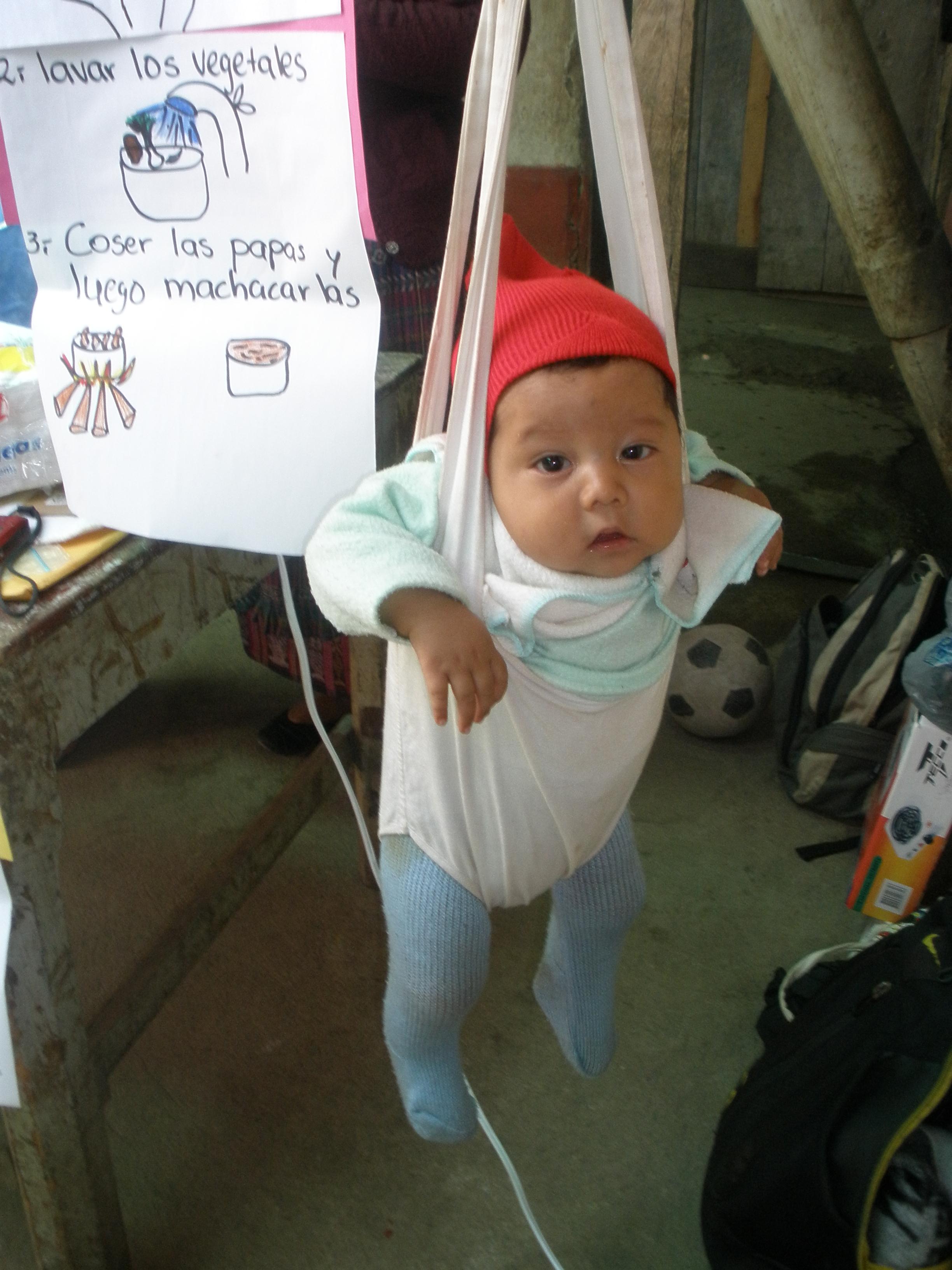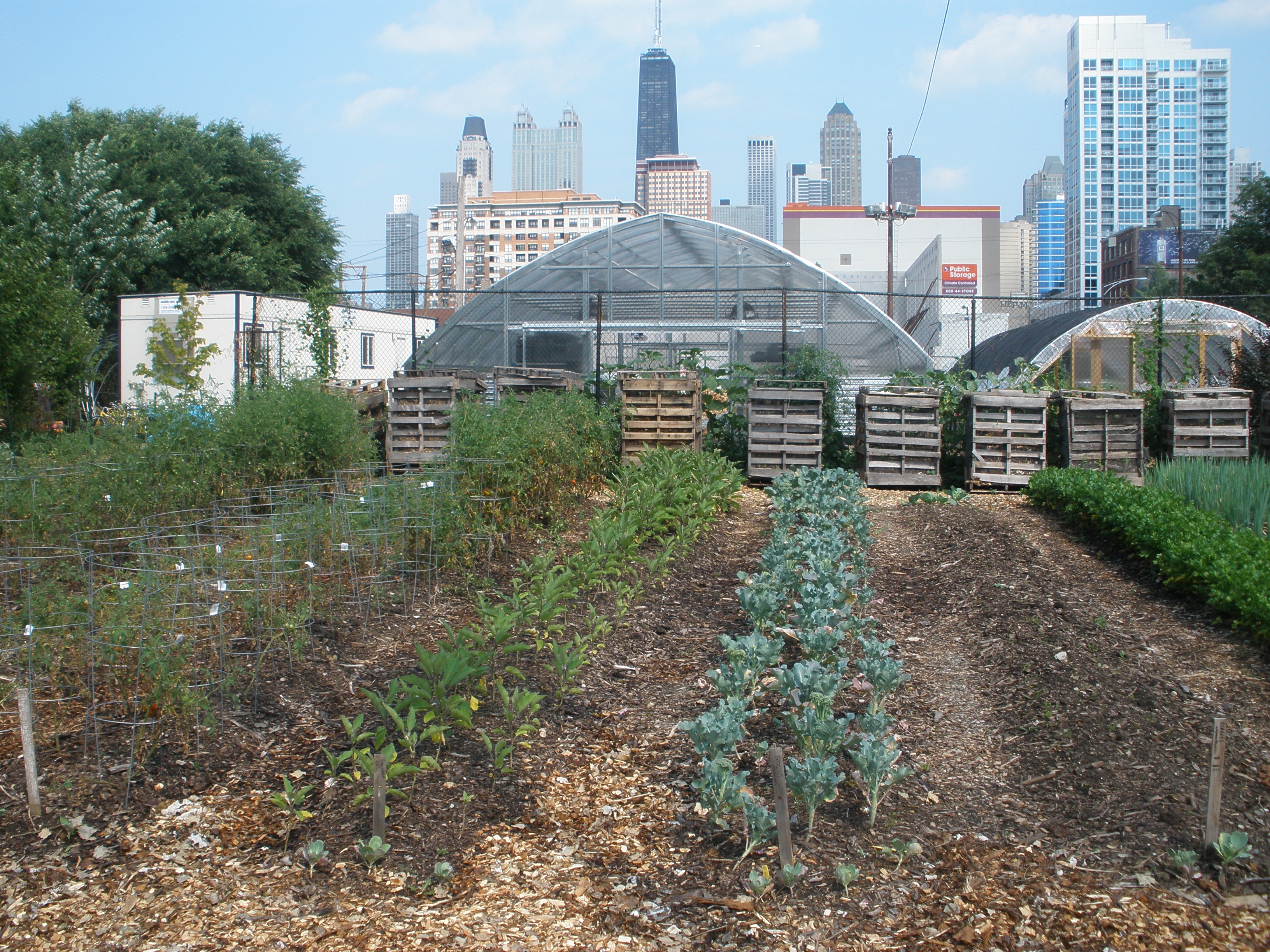Lesson Plan August 5, 2016
Cesaire: Lesson Plan: Analyzing Reporting on the Fight Against Malnutrition
Country:
Grades:
Questions for Resource 1: “1,000 Days: The Period That Decides the Health and the Wealth of the World”
- What is the first image of the article?
- What does the article assert is a new priority in international development?
- How is this innovation affecting the world?
- What does the article describe as the focus of past international development initiatives?
- What has led to the shift in focusing on the first 1,000 days?
- What are the effects of malnutrition?
- What countries are described in the article?
- What are Ugandans doing to support this effort?
- How does the article end? How does the ending connect to the opening image?
Questions for the accompanying articles:
- What is the focus of the article?
- How does the author structure the article? What details are emphasized?
- What is the author’s purpose for this article and how do you know?
Objective:
Students will be able to analyze how an author structures various articles on the fight against malnutrition in order to determine which details are emphasized and ultimately create a resource for their own community
Warm-up:
What is malnutrition? What does it look like? What causes it? Think about these questions and be prepared to share your answers with the class.
Today's lesson will explore changes to how the world is addressing the problem of malnutrition by exploring the project "1,000 Days: To save women, children and the world." The lesson will explore how the project's author, international journalist Roger Thurow, structures articles from different perspectives for different reasons.
Look at the following images/quotes from Thurow's project. Consider the following:
- What is being emphasized?
- What is the impact?
- What do you suppose is the author's purpose for including these items?
"In essence, malnutrition keeps poor countries poor."
"What might a child have contributed to the world had he or she not been stunted during the first 1,000 days?"

"India, for all its billionaire businessmen, high-tech progress, and Bollywood glamour, has some of the world's highest stunting and malnutrition rates."
"A decade into the 21st century, Uganda's under-five death rate of 90 per 1,000 live births, with many of these deaths attributed to malnutrition, was among the worst in the world."
- Discuss your responses with the partner, or with the class. Consider the following:
- What do you think is the author's purpose for this project?
- Based on the warm up, what kinds of support might the author use to achieve his purpose? Why?
Introducing the Lesson:
Journalists use a variety of different methods to inform the public about an issue or event. Today, we will analyze what elements (statistics, quotations, narratives, images, videos) journalist Robert Thurow uses to inform the public about malnutrition and initiatives to combat it.
Begin with resource 1, "1,000 Days: The Period That Decides the Health and the Wealth of the World" and then continue to resources 2-5, which focus more deeply on the efforts of specific countries.
Introducing Resource 1: "1,000 Days: The Period That Decides the Health and the Wealth of the World"
Read the following article and answer the accompanying questions.
As your read, also consider the following:
- What elements the author has chosen to include and in what order?
- What do you think is the author's intended purpose and how does this structure demonstrate that purpose?
Introducing Resources Focusing on the Efforts of Specific Countries:
In any order you choose, explore the following articles:
- "Chicago: From Hoop Dreams to Hoop Houses"
- "India: Doing the Right Things"
- "Uganda: Learning in the Shade"
- "Lunchtime in Uganda"
- "Guatemala: Gimme Nutrition"
- For each resource, consider the following and be prepared to share your responses with the class:
- What is the focus of the article?
- How does the author structure the article? What details are emphasized?
- What is the author's purpose for this article and how do you know?
Conclusion:
Using the information you've gained about malnutrition, its causes and efforts around the world to put an end to it, consider the following:
- Which of the projects described in the articles could your community possibly benefit from?
- How could your community contribute to supporting one or more of the projects that you read about?
Final task: Pick one of the questions above and design a letter to a powerful figure in your community that addresses that question. The letter should clearly articulate what you want your community to do/address and should use evidence from the articles you read as part of its structure.
CCSS.ELA-Literacy.RI.9-10.7
Analyze various accounts of a subject told in different mediums (e.g., a person's life story in both print and multimedia), determining which details are emphasized in each account.













